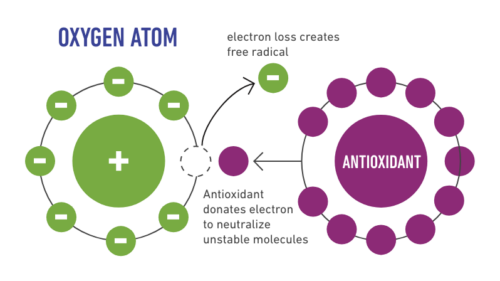Fullerenols possess excellent antioxidant activity, in which they can scavenge all of the major physiologically relevant reactive oxygen species (ROS). However, the underlying ROS-scavenging mechanisms of C60#nbsp;fullerenols are not completely understood. Using density functional theory calculations, we investigated#nbsp;•OH-, O2•–, and H2O2-scavenging mechanisms of C60#nbsp;fullerenols and the correlations between hydroxyl distributions and radical-scavenging ability. For scavenging#nbsp;•OH and O2•-, H•#nbsp;donation and electron transfer via hydrogen bonds, respectively, are the dominant mechanisms for C60#nbsp;fullerenols. Although the obtained fullerenols simultaneously contain radicals and anions, there is an isolated OH anion which possesses the activity of eliminating H2O2. The#nbsp;•OH-scavenging activity depends on the distribution of hydroxyls according to the calculations for ten C60(OH)24#nbsp;isomers. Fullerenols, in which the distribution of hydroxyls leads to low redox potential (ε) values, possess high scavenging activity. For the nonmagnetic fullerenols, activity relies on the number of sp2#nbsp;substructures, in which the greater their number is, the lower the activity of the fullerenols. The results will be of fundamental importance in understanding the antioxidant activities of fullerenols.
Related researches 23 articles























